Archives
- 2025-11
- 2025-10
- 2025-09
- 2025-03
- 2025-02
- 2025-01
- 2024-12
- 2024-11
- 2024-10
- 2024-09
- 2024-08
- 2024-07
- 2024-06
- 2024-05
- 2024-04
- 2024-03
- 2024-02
- 2024-01
- 2023-12
- 2023-11
- 2023-10
- 2023-09
- 2023-08
- 2023-07
- 2023-06
- 2023-05
- 2023-04
- 2023-03
- 2023-02
- 2023-01
- 2022-12
- 2022-11
- 2022-10
- 2022-09
- 2022-08
- 2022-07
- 2022-06
- 2022-05
- 2022-04
- 2022-03
- 2022-02
- 2022-01
- 2021-12
- 2021-11
- 2021-10
- 2021-09
- 2021-08
- 2021-07
- 2021-06
- 2021-05
- 2021-04
- 2021-03
- 2021-02
- 2021-01
- 2020-12
- 2020-11
- 2020-10
- 2020-09
- 2020-08
- 2020-07
- 2020-06
- 2020-05
- 2020-04
- 2020-03
- 2020-02
- 2020-01
- 2019-12
- 2019-11
- 2019-10
- 2019-09
- 2019-08
- 2018-07
-
br Discussion The patient presented
2023-11-16

Discussion The patient presented initially only with parietal symptoms in the form of acalculia, visuo-spatial deficits, and visuo-perceptual deficits and dressing apraxia. He also had simultognosia as early symptoms. Later when the disease progressed he had recent memory deficits and language in
-
BITC significantly enhanced the gene expression of the Nrf
2023-11-16
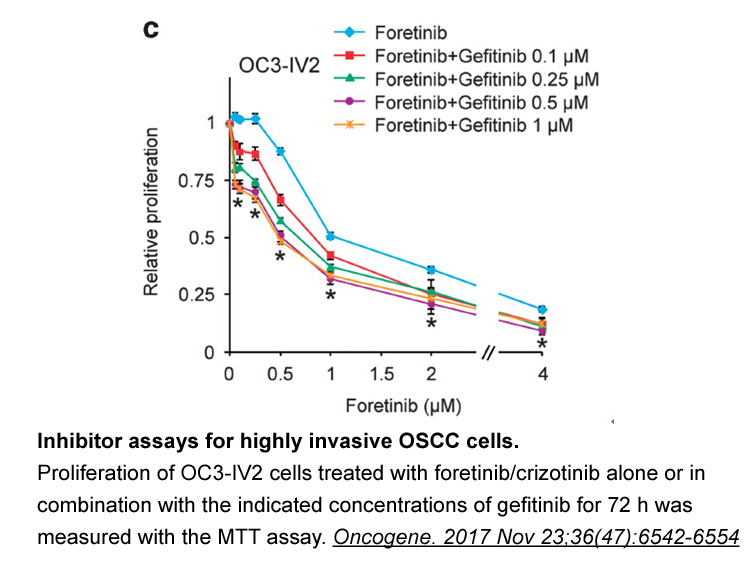
BITC significantly enhanced the gene expression of the Nrf2-dependent genes, such as NQO1 and HO-1 (Fig. 4), as well as the ALDH genes (Fig. 2). Nrf2 is a key transcriptional factor which activates the expression of the genes that contain ARE in their promoter. Nrf2 translocates to the nucleus where
-
The PAS domains of AHR consist of
2023-11-16

The PAS domains of AHR consist of two regions, PAS-A and PAS-B, which function as interfaces for dimerization with ARNT and for ligand binding, respectively [14]. Although both the bHLH and the PAS-A domains have been shown to be involved in dimerization with ARNT, a recent report suggests that only
-
Erteberel br KYN Acts on AhR To Induce Tolerogenic Immunity
2023-11-16
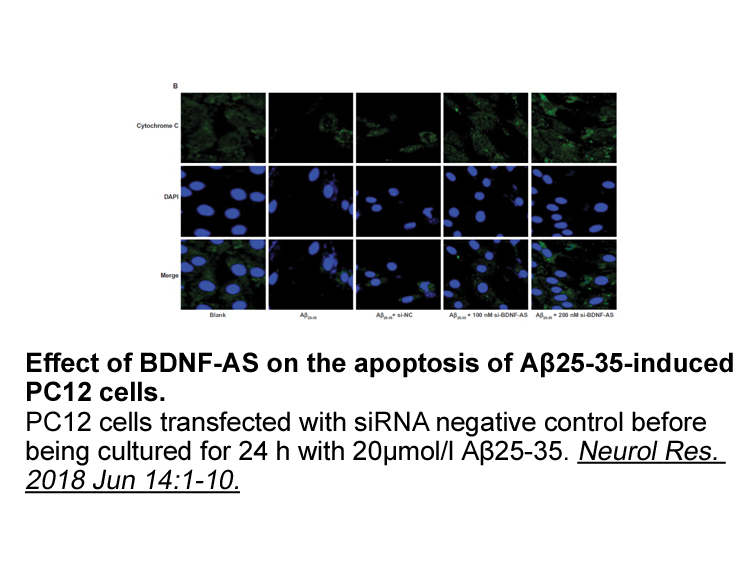
KYN Acts on AhR To Induce Tolerogenic Immunity IDO1 and TDO2 are intracellular heme-containing metalloproteins that catalyze the committing and rate-limiting step of the KYN pathway (KP) that converts the essential amino Erteberel tryptophan to a series of biologically active second metabolites
-
Although the mechanisms of APP secretion are well characteri
2023-11-16
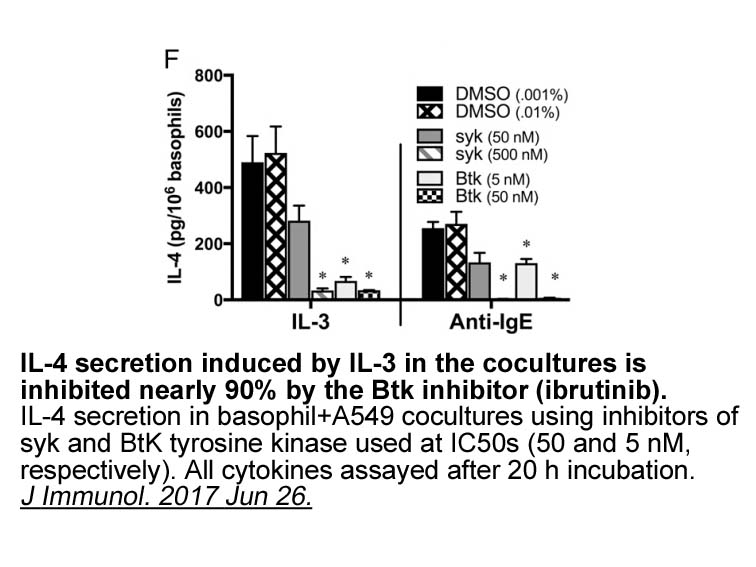
Although the mechanisms of APP secretion are well characterised (for review see Ref. [1]), production of soluble AChE species is less well understood although we have reported that a metalloproteinase can shed AChE similarly to APP [16], [17]. Recently it has also been demonstrated that cellular pre
-
Defining the multiple roles of autophagy in stroke
2023-11-15
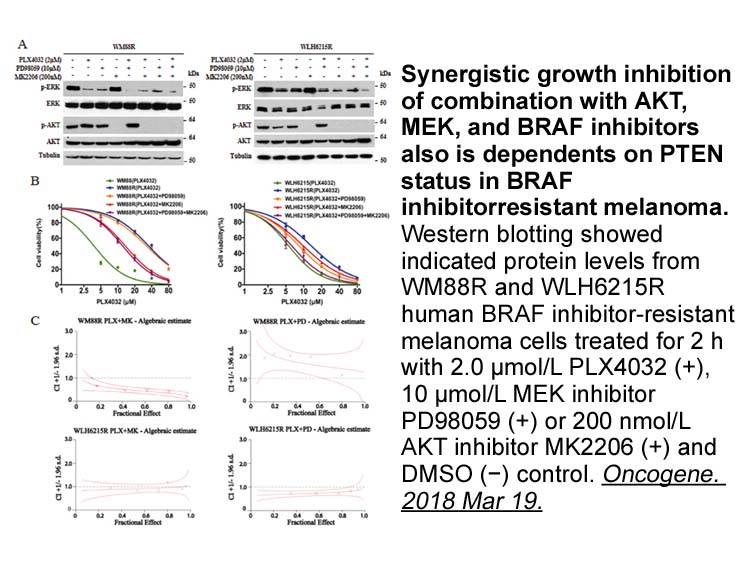
Defining the multiple roles of autophagy in stroke has been a rapidly evolving and exciting venue for translational research, with innovative products being applied from bench to bedside. Spanning pharmacological pathway manipulation and functional experimental validation, altered autophagy activati
-
br Conclusions br Acknowledgments br Introduction To
2023-11-15

Conclusions Acknowledgments Introduction To die or not to die – that is the question. Christian de Duve created the word “autophagy” in 1960’s for the first time (Klionsky et al., 2016). The word “autophagy” was derived from the Greek roots “auto” (self) and “phagy” (eating) and referred to
-
In the mammalian brain synapse formation is followed by
2023-11-15
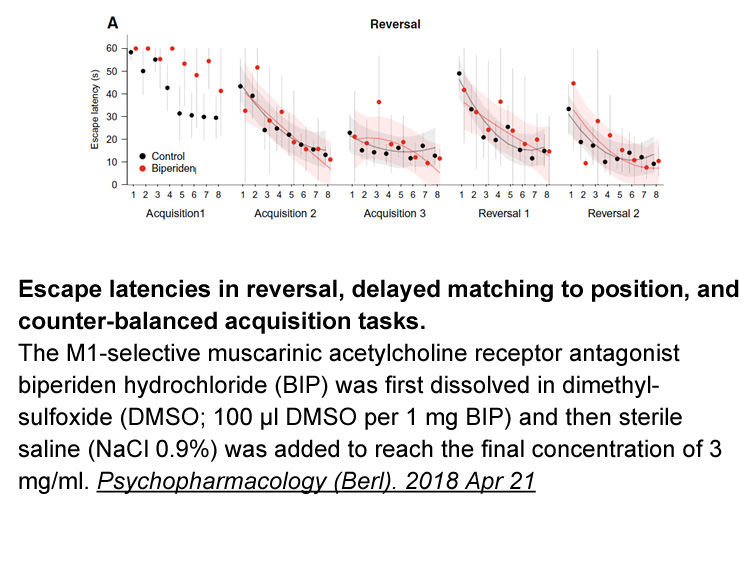
In the mammalian brain, synapse formation is followed by a period of synapse refinement, and autophagy has been shown to play an important role in this process. For example, Tang and colleagues found that autophagy is required for the developmental pruning of dendritic spines, and that this pruning
-
Here we report discovery of highly selective pan Aurora kina
2023-11-15
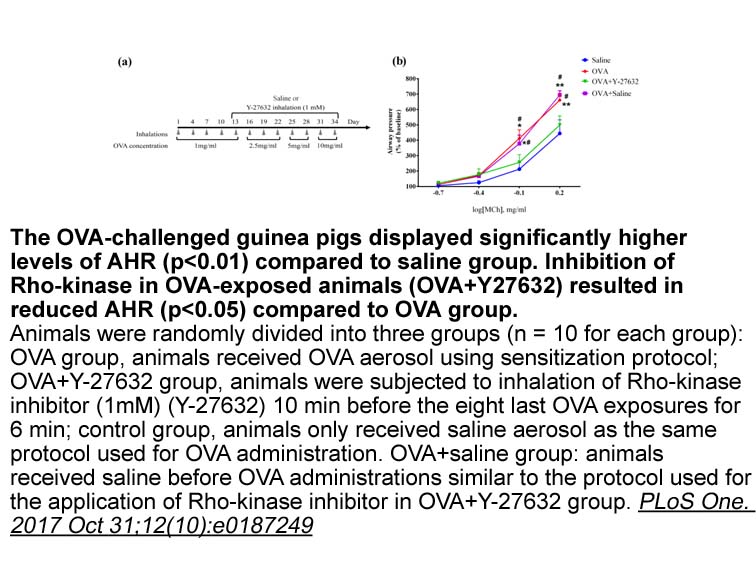
Here we report discovery of highly selective pan-Aurora kinase inhibitors through phenotypic screening. The co-crystal structure of mexiletine hcl bound in the ATP binding site of Aurora A is described, and provides insight into the possible structural basis for the selectivity of the interaction.
-
filgotinib The therapeutic potential of ML induced
2023-11-15

The therapeutic potential of ML327-induced MET against filgotinib of mesenchymal origin has not been explored. In the present study, we hypothesized that induction of MET using ML327 would block the growth of ES cells and sensitize to TRAIL-mediated apoptosis. Herein, we report that ML327 induces a
-
br The role of apelin in hepatic diseases The involvement
2023-11-15

The role of apelin in hepatic diseases The involvement of the apelin/APJ system in liver physiology and pathology has been proven in numerous studies (Table 6). For instance, in the experiment of Emam et al. [63] on rats suffering from hepatic injury, apelin decreased the levels of ALT, AST and L
-
Although apelin g kg shows negative early and positive
2023-11-15

Although apelin 60μg/kg shows negative (early) and positive (late) inotropic effects, since ERK1/2 phosphorylation starts at the min 5 of administration [6], ERK1/2 phosphorylation mediate positive inotropic effects of apelin 60μg/kg. After the simultaneous inhibition of KOR and APJ the phosphoryla
-
br Materials and method br Results and discussion
2023-11-15
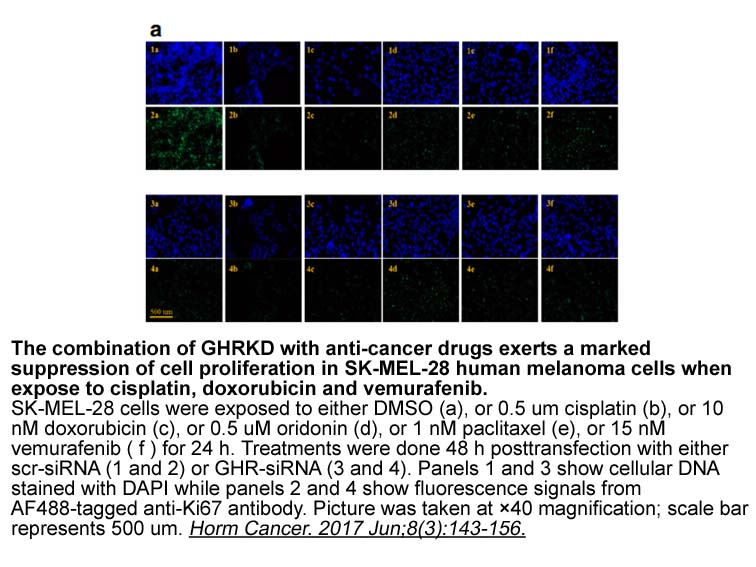
Materials and method Results and discussion Conclusion The adsorption behaviors of 5 antibiotics on 5 types of microplastic particles were investigated using batch type experiments. Our results showed that adsorption capacities varied among antibiotics, plastic types, and environmental cond
-
br Experimental procedures br Results br Discussion Our biop
2023-11-15
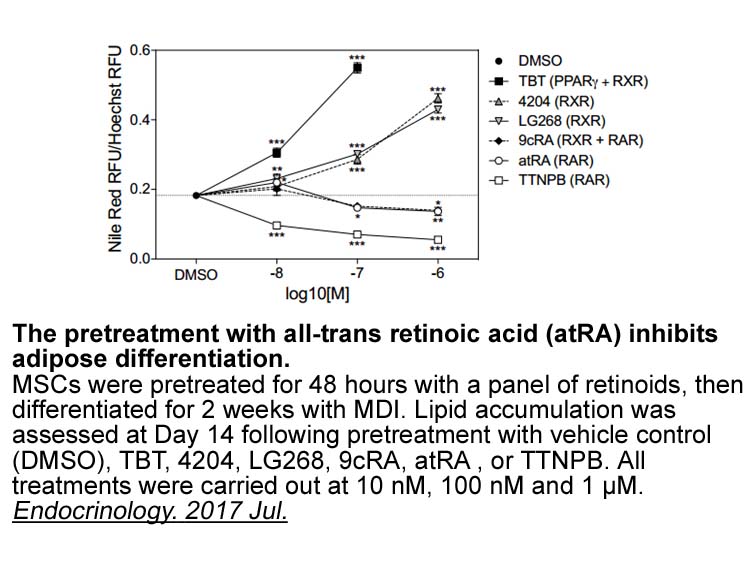
Experimental procedures Results Discussion Our biophysical and cellular analyses of mutant Aβ1–42 peptides support a role of the N-terminus of Aβ in peptide aggregation and toxicity. We demonstrate that double mutations constructed to humanize the rodent Aβ1–42 sequence result in a signific
-
Immunohistochemistry Hearts from young and aged
2023-11-15

Immunohistochemistry: Hearts from young and aged mice were collected at the indicated times, fixed overnight in 10% formalin, and embedded in paraffin. Serial 5-μm heart sections from each group were analyzed. Samples were stained with H&E for routine histologic examination. Immunohistochemical stai
14384 records 241/959 page Previous Next First page 上5页 241242243244245 下5页 Last page